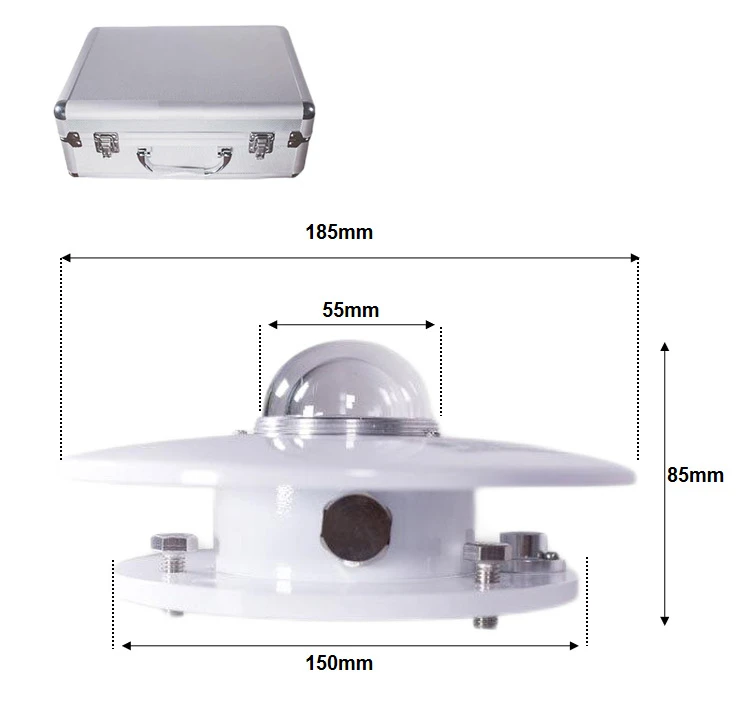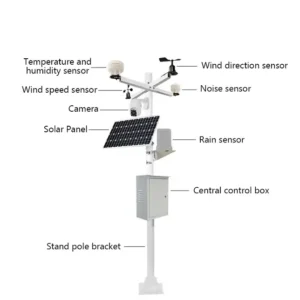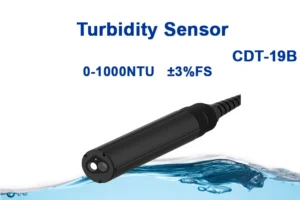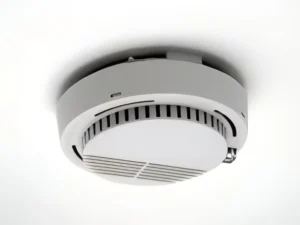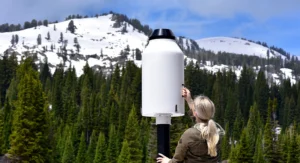Which sensor is suitable for solar radiation?
To measure solar radiation, you can use different types of sensors. Each sensor is made to evaluate specific parts of solar energy.
Here are the main types of solar radiation sensors that people often use:
1. **Radiometers (Pyranometers)**
Pyranometers are often used to measure sunlight on flat surfaces. They losok at both direct sunlight and scattered light.
These sensors capture solar energy that hits a surface. They are very sensitive to the DC part of sunlight. They are often used to see how well solar panels work. And they also help us study the weather and check solar resources.
2. **Pyrheliometers**
Pyrheliometers are tools that measure direct sunlight. DNI is the solar radiation that comes straight from the sun when it is highest in the sky. These devices are more precise than pyranometers. This makes them great for scientific research and solar energy applications that need high precision.
3.**Spectroradiometers**
Spectroradiometers measure sunlight in different wavelengths. They show how strong the radiation is in various parts of the spectrum. They are important for studying how light from the sun behaves. And they are also helpful for tasks that need data in specific wavelength ranges.
4. **Albedometers**
Albedometers measure how much sunlight reflects off a surface. They are often used in studies about how surfaces reflect light, climate change, and energy balance.
Each type of sensor is made for specific purposes and measurement needs. Choosing the right sensor depends on what you need. – Think about the precision you need.
– Consider the range of wavelengths you want to measure.
– Take into account the environmental conditions where the device will be used. It is important to check and take care of equipment regularly. This helps make sure that data is collected accurately and reliably over time.


